Flag Design Principles
What makes a great flag? Flag experts publish design principles to guide the development of effective flags. These principles emphasize simplicity and meaningful symbolism. A great city flag is simple but carries relevant symbolism to inspire civic pride.
Simplicity
A flag should be highly memorable. Therefore, simple designs are best. A child should be able to draw any good flag from memory.
Good Flag, Bad Flag
The study of flags and flag design is called vexillology. The North American Vexillological Association outlines a set of good flag design principles in the charming booklet Good Flag, Bad Flag.
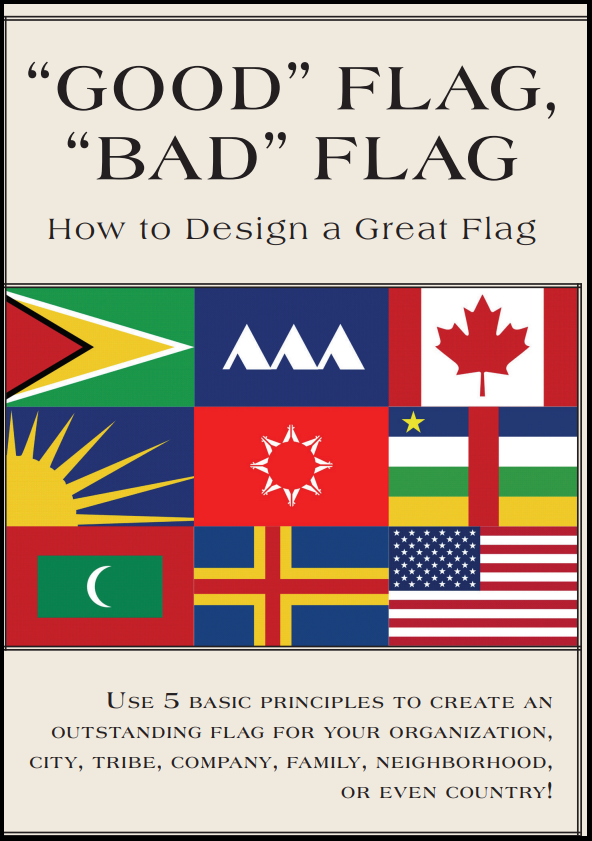
Read a description of good flag design principles and see examples of good and bad flags in the North American Vexillological Association’s Good Flag, Bad Flag booklet.
Flags that follow good flag design principles are highly effective.
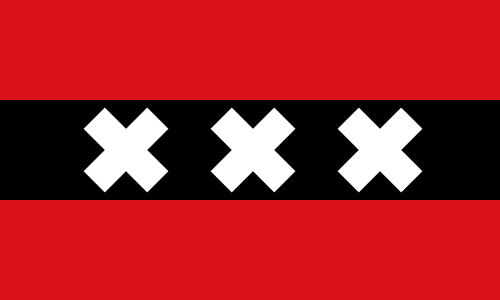
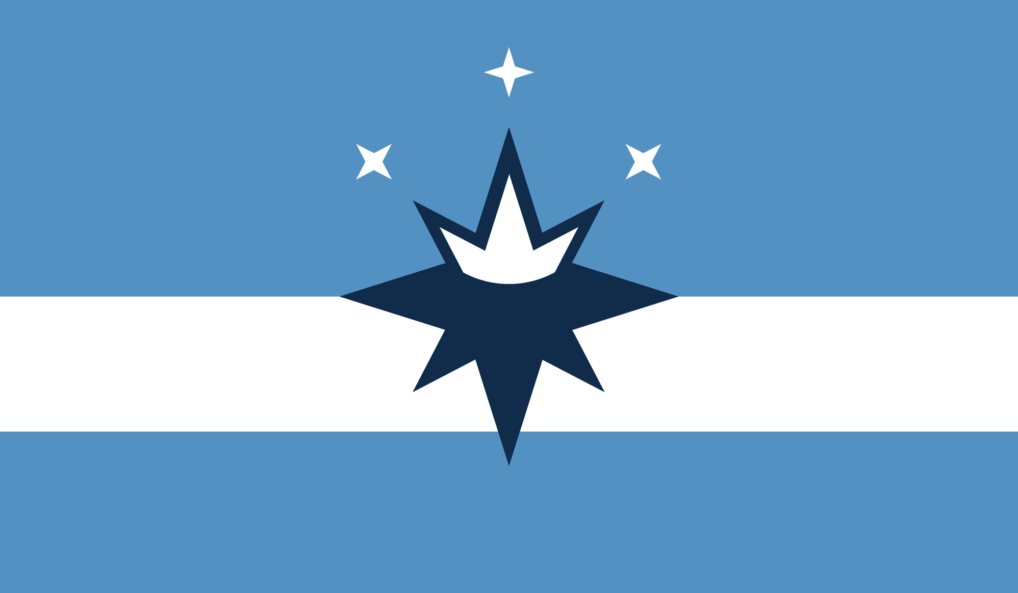

Some well-designed city flags
Flags that deviate from these principles tend to be forgettable or just plain lousy.
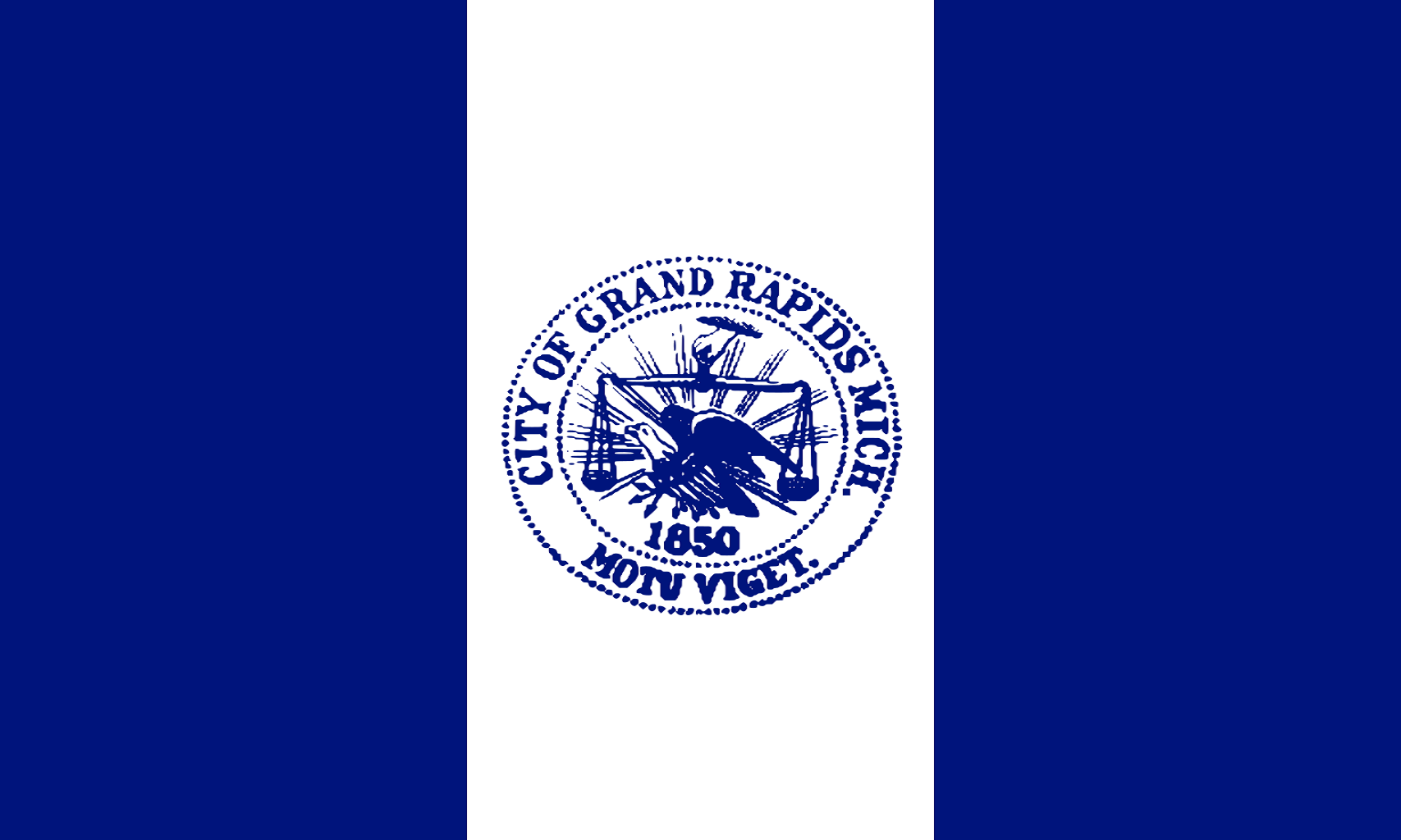
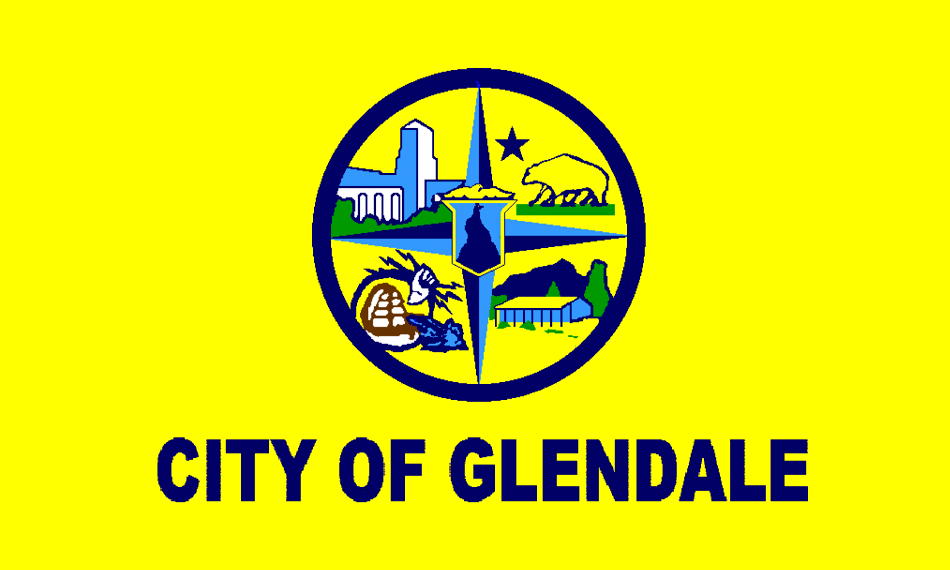
.png)
Some poorly-designed city flags
The Raleigh flag of 1960 contains important symbolism. Its designers sought to convey Raleigh’s identity as the City of Oaks and acknowledge the eponymic Sir Walter Raleigh. Unfortunately, the flag of 1960 doesn’t follow good design principles. It’s complex, uses too many colors, has unreadable letters and numbering, and is generally indistinct and uninspiring.
The proposed new Raleigh flag design preserves the intent of the 1960 flag while following good flag design principles. It’s a banner worthy of the city’s pride.